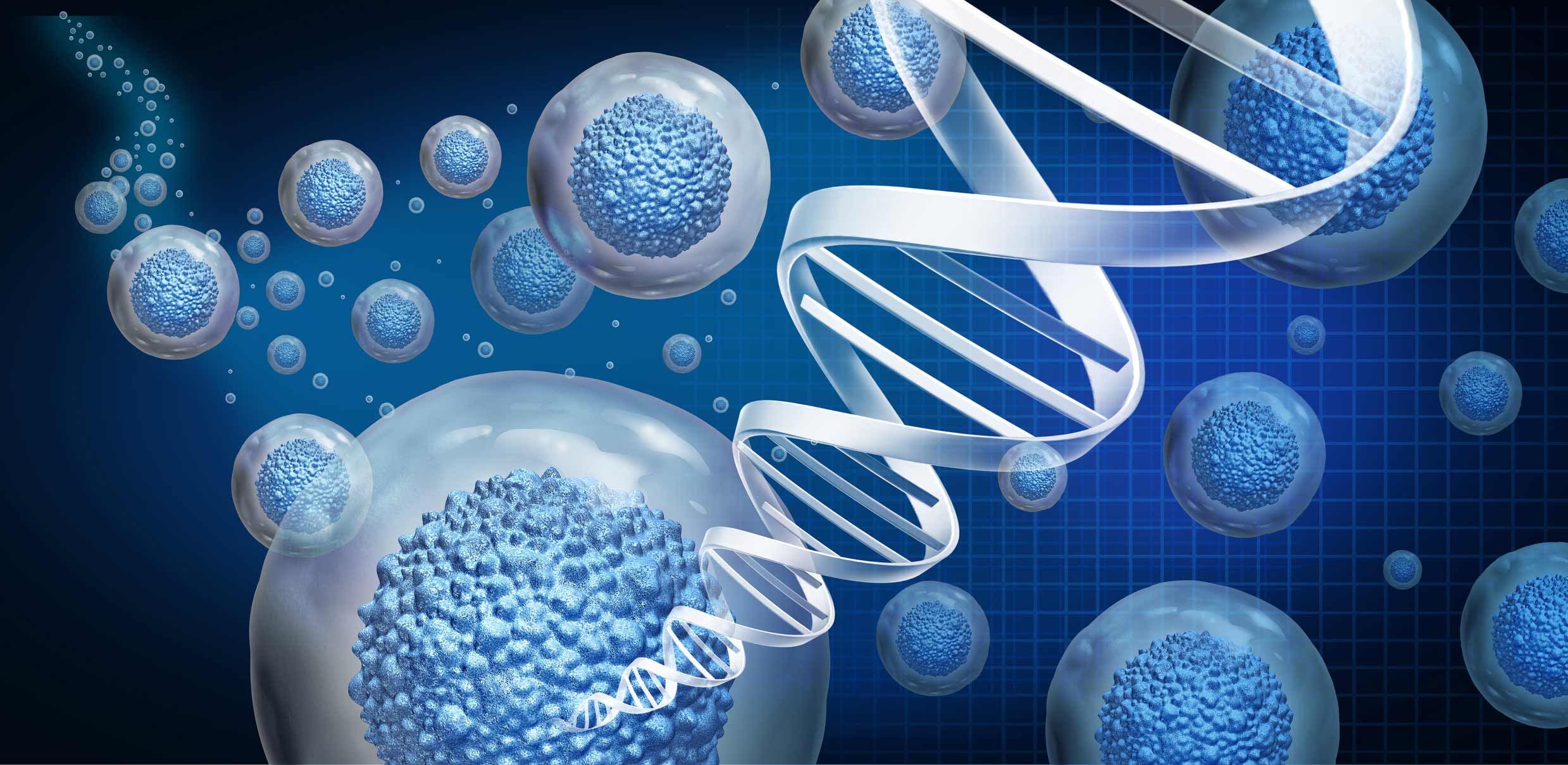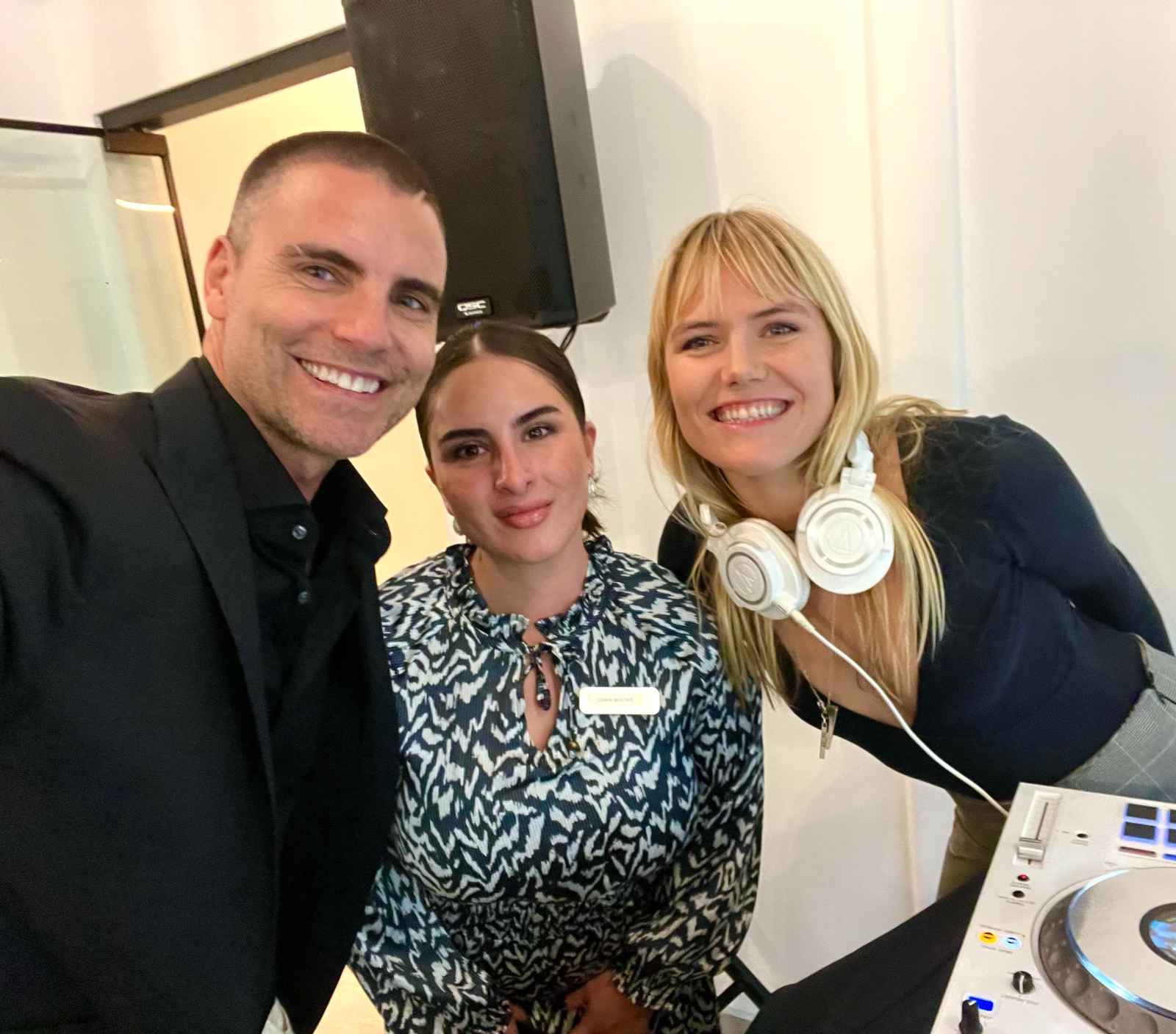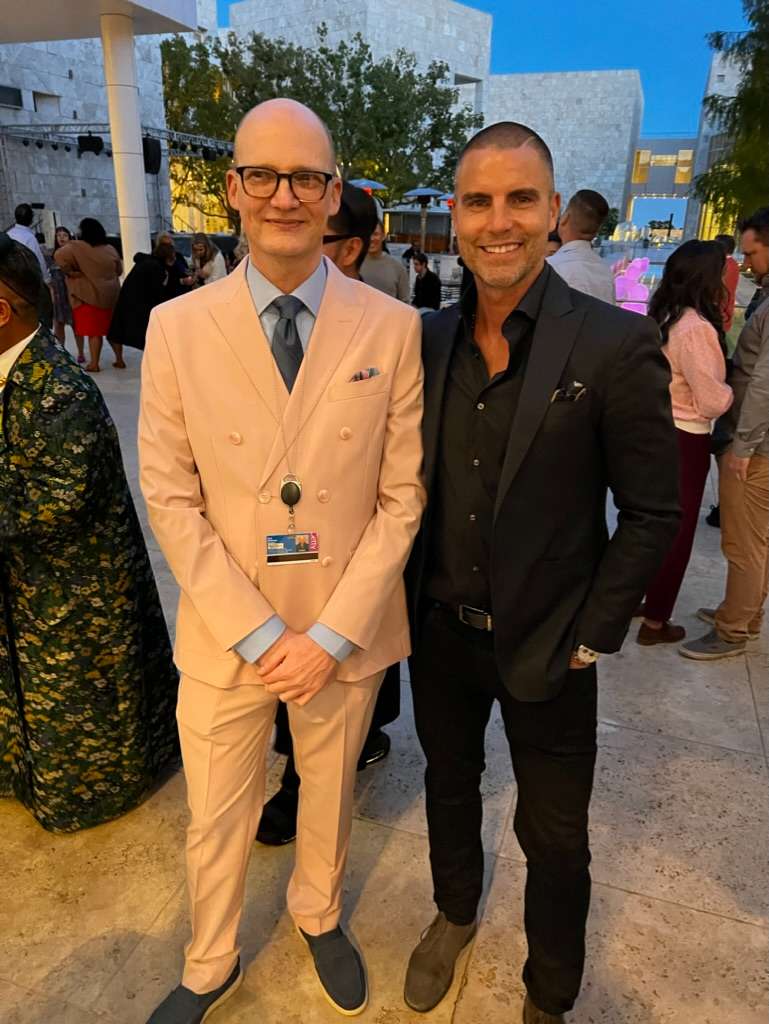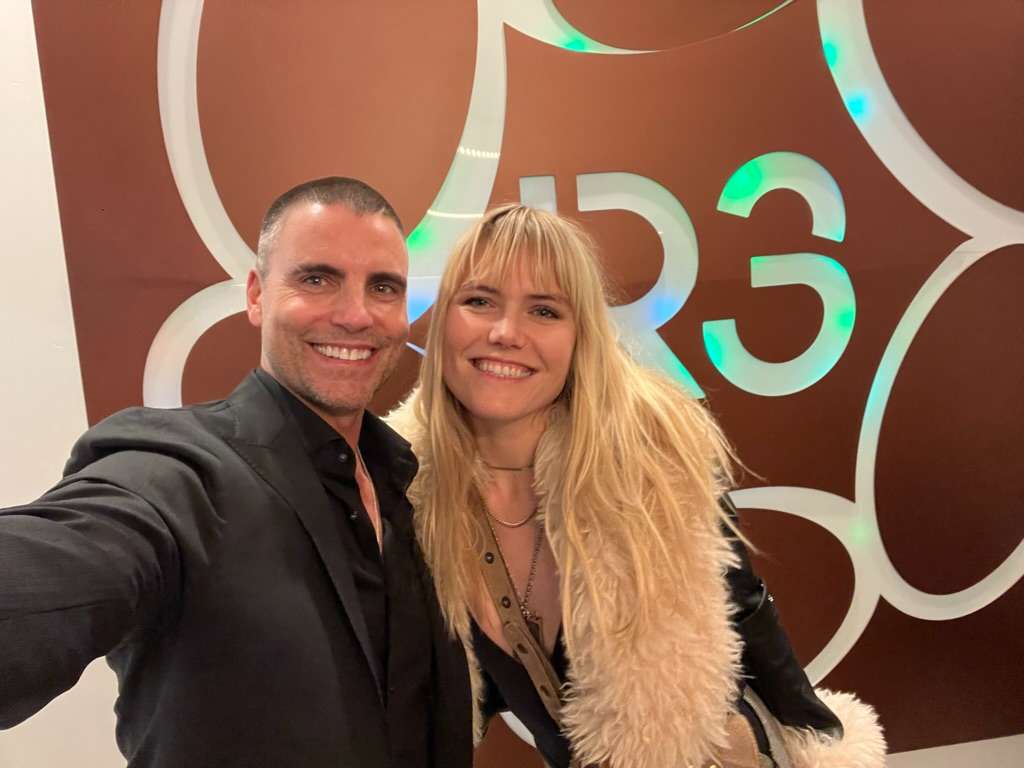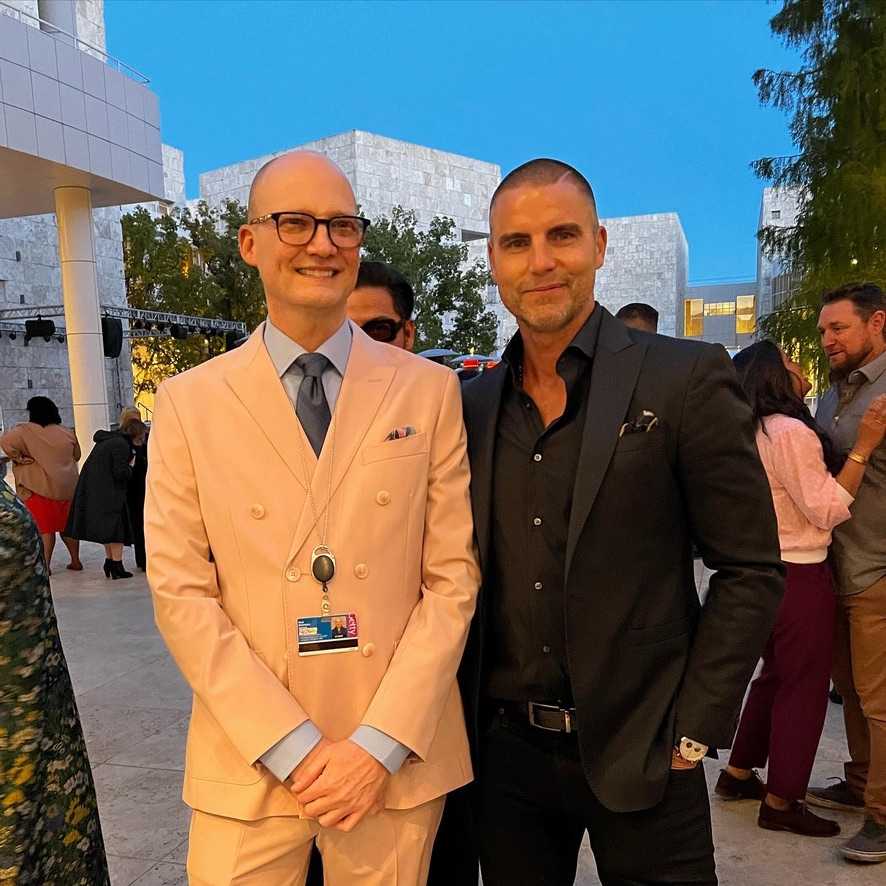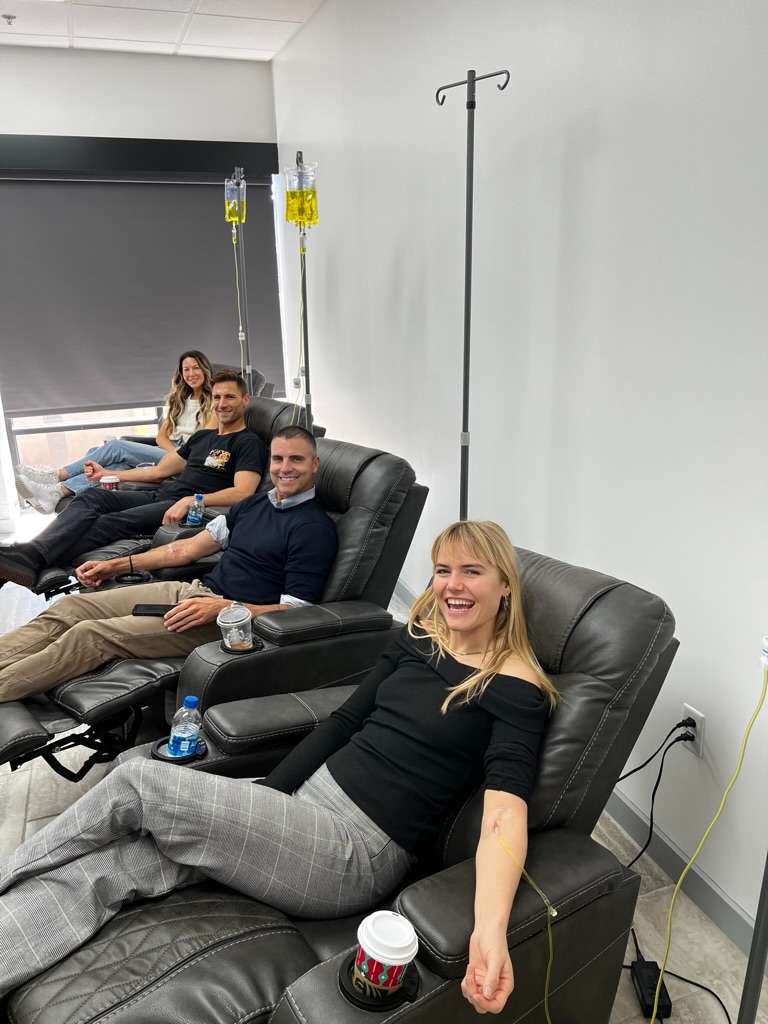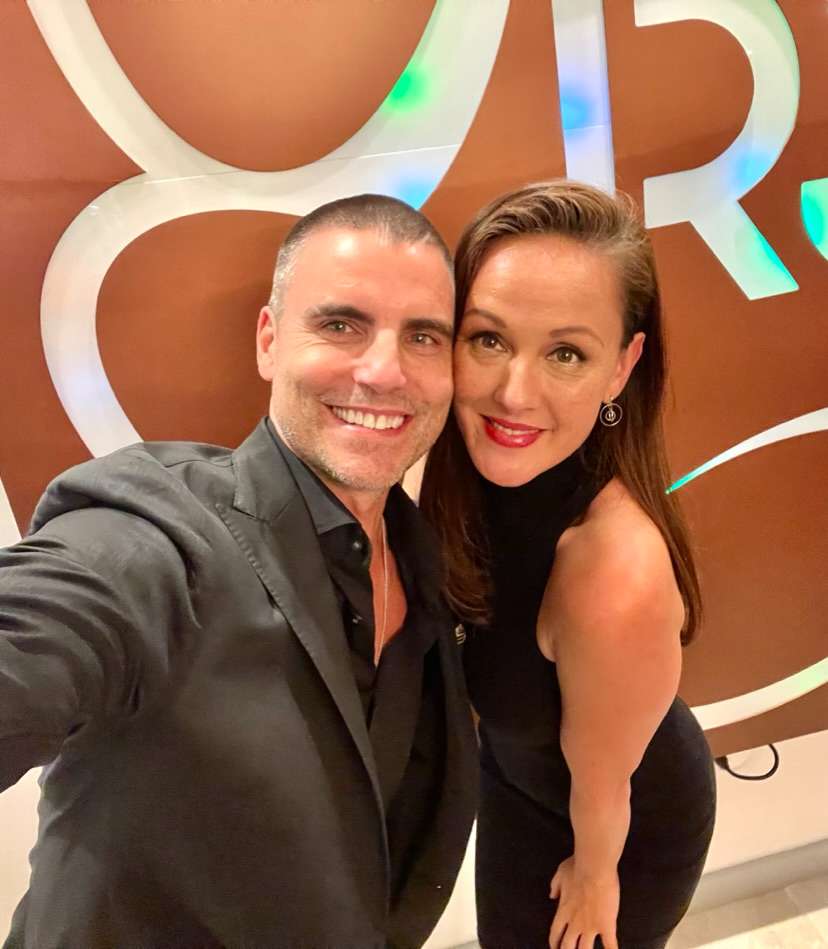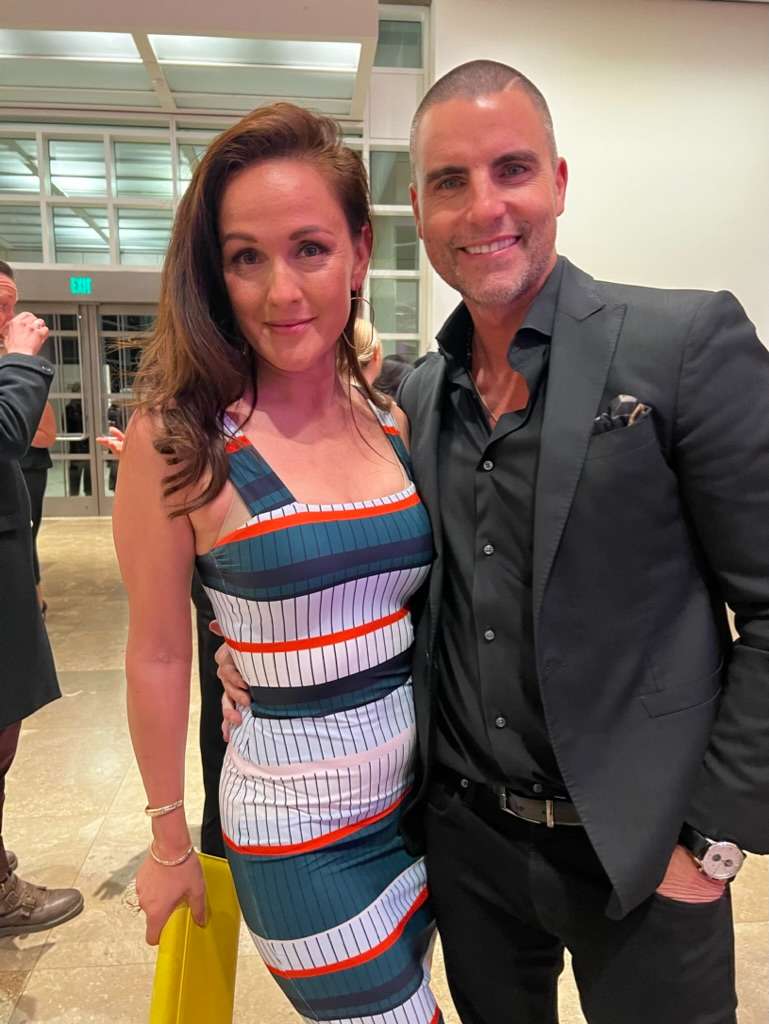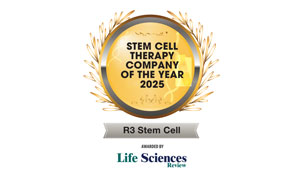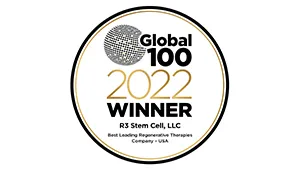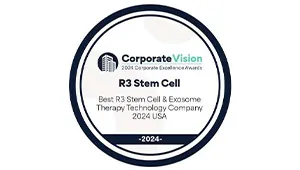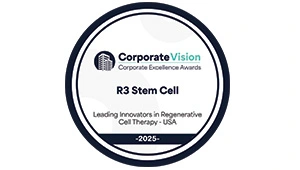One of the reasons why stem cells are used as therapy for conditions that manifest through joint pains is the fact that they have regenerative properties, meaning the potential to repair and reverse damaged joints.
 Bone marrow is a spongy tissue inside a person’s bones, and produces cells that are vital to existence including platelets, white blood cells and red blood cells. All of these cells begin in the marrow as stem cells, which are essentially a “blank slate” type of cell. With a “blank slate”, the stem cell can differentiate into virtually any type of cell necessary in the body such as cartilage, tendon or muscle. There are three types of adult stem cells in the human body. One type eventually turns into blood components, with a second destined to become lining of the endometrium.
Bone marrow is a spongy tissue inside a person’s bones, and produces cells that are vital to existence including platelets, white blood cells and red blood cells. All of these cells begin in the marrow as stem cells, which are essentially a “blank slate” type of cell. With a “blank slate”, the stem cell can differentiate into virtually any type of cell necessary in the body such as cartilage, tendon or muscle. There are three types of adult stem cells in the human body. One type eventually turns into blood components, with a second destined to become lining of the endometrium.
The third, and most important for musculoskeletal regenerative medicine, are mesenchymal stem cells found in bone marrow. They have been used in animal models to regenerate cartilage and in human models to regenerate bone. (Centeno et al, 2008)
The richest sources of stem cells in the body for concentrated amounts of bone marrow are in the iliac crest of the hip and the bones of the spine. For the easiest acquisition process, the iliac crest is used for the procedures in an outpatient procedure.
Harvesting bone marrow from the iliac crest hip bone.

